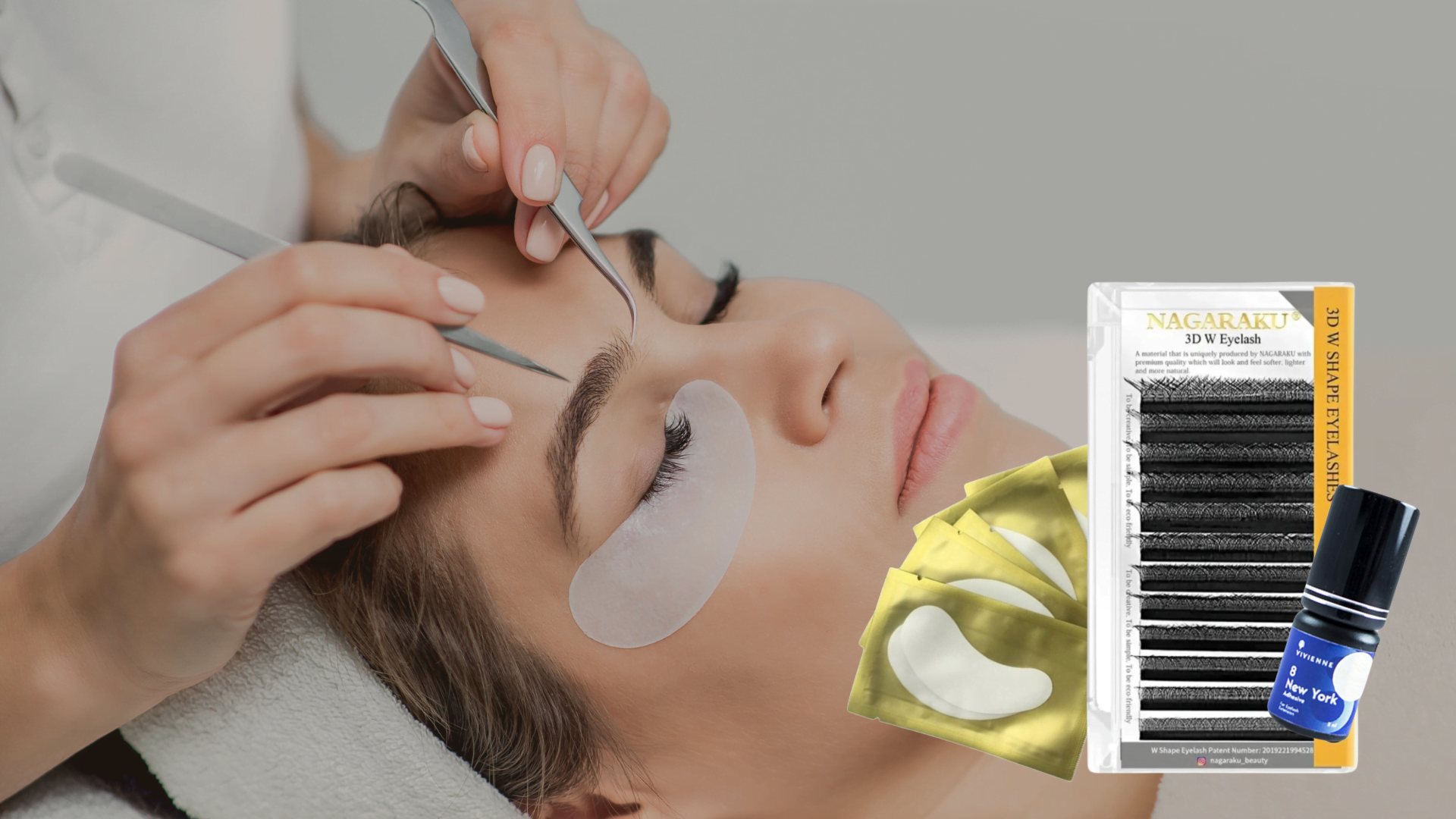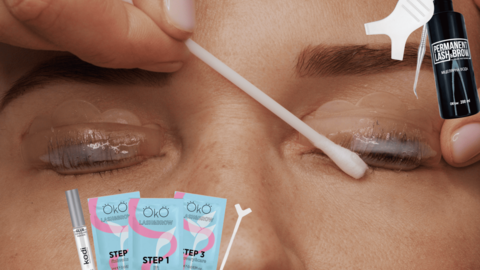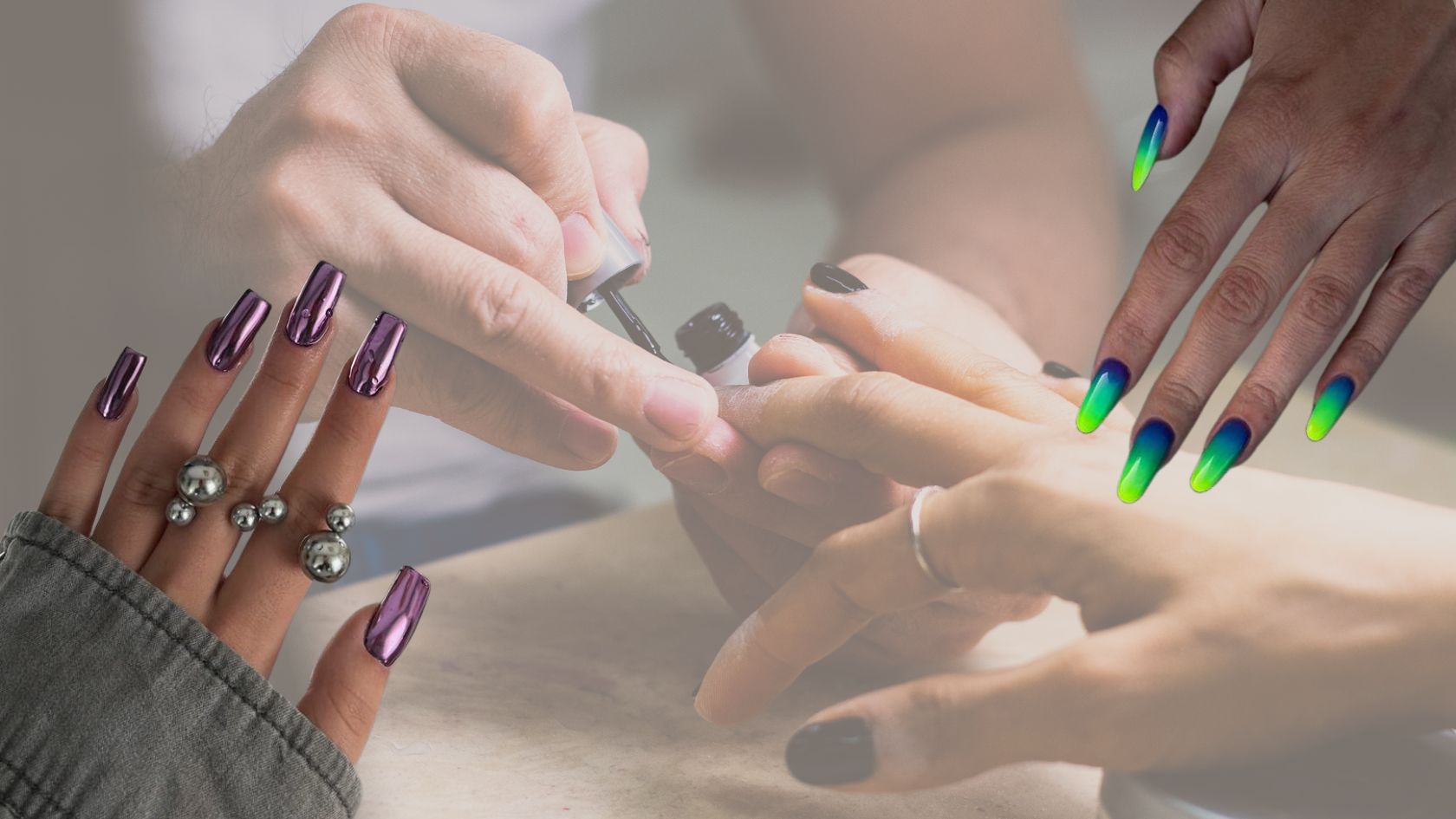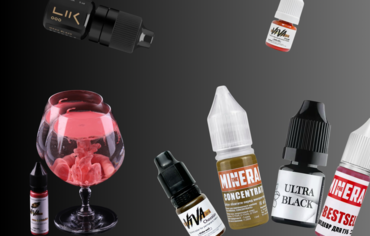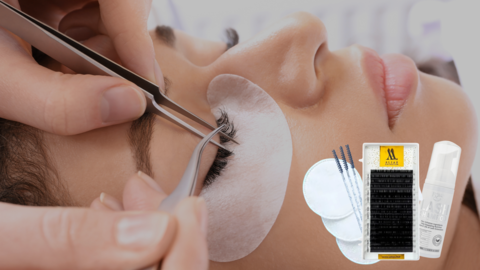Mineral vs. Organic Pigments
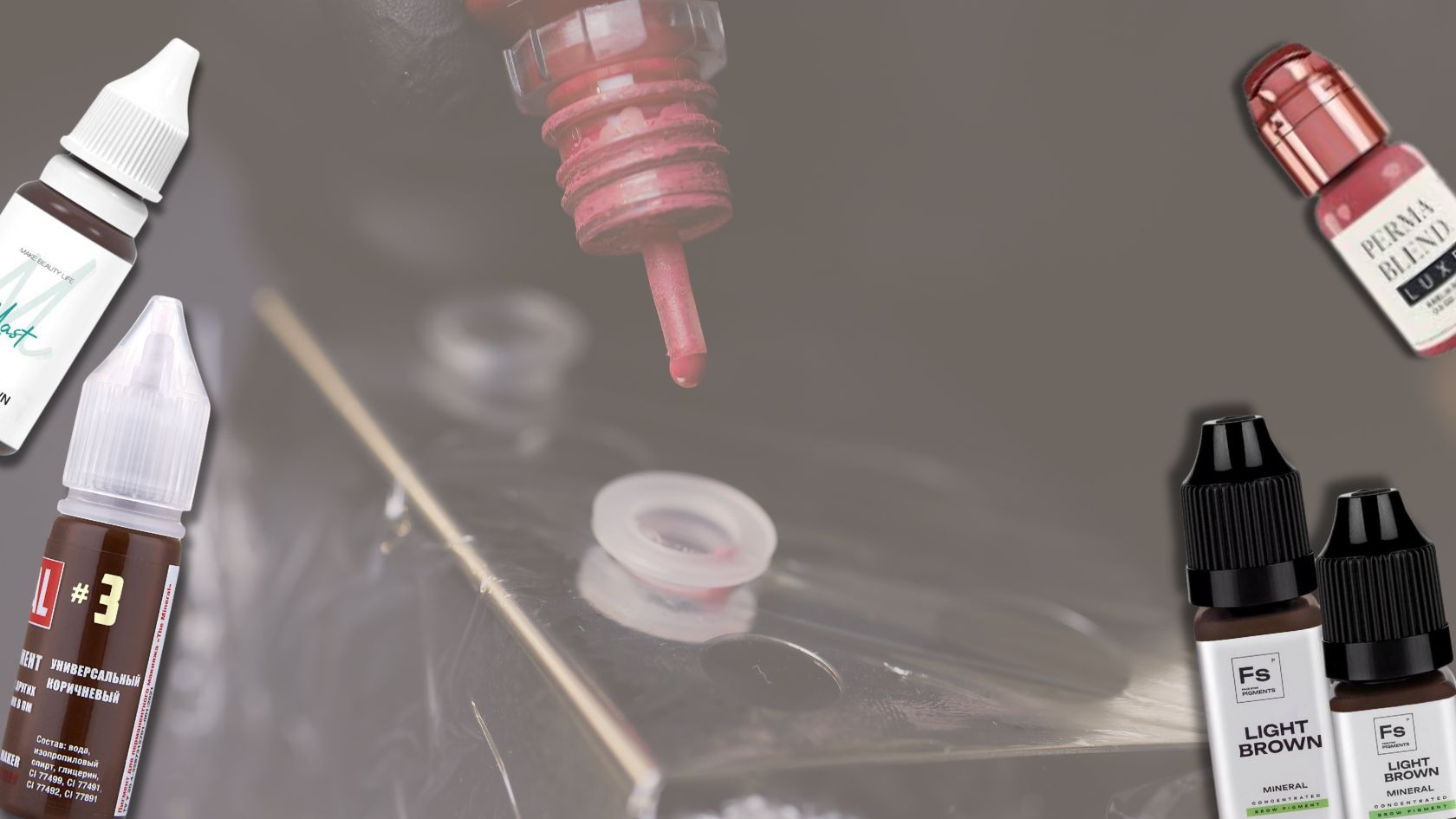
Permanent makeup is becoming increasingly popular among those seeking durable and impressive cosmetic solutions. A key element of this process is the pigments that provide color and longevity to the makeup. However, did you know that there are different types of pigments, including mineral and organic? In this article, we will take a closer look at these two types of pigments, their applications in permanent makeup, and the differences in composition that may affect the final result.

Mineral Pigments:
Mineral pigments are made from natural minerals such as iron oxides, mica, or titanium dioxide. Due to their natural origin, they are usually well-tolerated by the skin and are characterized by high durability. These minerals undergo a process of grinding into very fine particles, allowing for a diverse range of colors with intense pigmentation. Because of their mineral properties, these pigments are often used in permanent makeup to recreate a natural appearance and achieve a lasting effect.
Organic Pigments:
Organic pigments, on the other hand, are of plant or animal origin. They can be derived from natural sources, such as plant extracts, fruits, or natural dyes. They are characterized by a gentle action and a more balanced chemical composition, which can be beneficial for people with sensitive skin. However, due to their natural origin, these pigments may be less durable than mineral ones and may require more frequent touch-ups. Despite this, organic pigments are popular among those seeking more natural and eco-friendly solutions in permanent makeup.

Perma Blend
Perma Blend is a renowned manufacturer of tattoo pigments, offering a wide range of both mineral and organic pigments.
-
Mineral Pigments: Perma Blend's mineral pigments are based on minerals such as metal oxides. They are known for their durability and resistance to fading, meaning the colors last a long time.
-
Organic Pigments: Perma Blend also offers organic pigments that are based on natural chemical compounds. These pigments are often preferred for their naturalness and ability to achieve bright, intense colors.
Advantages and Disadvantages of Mineral and Organic Pigments in Permanent Makeup
Mineral Pigments:
Advantages:
-
Durability: Mineral pigments are characterized by exceptional durability, meaning the makeup effect remains intense and intact for a long time.
-
Color Intensity: Due to their natural origin and production process, mineral pigments provide deep and long-lasting colors that remain visible even after a long time.
-
Resistance to External Factors: Mineral ingredients are often resistant to external factors such as UV radiation or moisture, making these pigments ideal for use in various conditions.
Disadvantages:
-
Potential Allergies: Some individuals may be allergic to certain mineral ingredients, leading to allergic reactions or skin irritations.
-
Removal Difficulties: Due to their durability, mineral pigments can be difficult to remove, which can pose a problem when changing colors or correcting makeup.

Organic Pigments:
Advantages:
-
Gentleness on the Skin: Organic pigments are often gentler on the skin and may be better tolerated by people with sensitive skin.
-
Eco-friendly: Made from natural plant or animal sources, organic pigments are more environmentally friendly and may be preferred by those who care about the environment.
Disadvantages:
-
Less Durability: Organic pigments may be less durable than mineral ones, meaning they may require more frequent touch-ups or renewals.
-
Less Intense Colors: Due to their natural origin, organic pigments may not be as intense as mineral pigments, which can be an issue for those seeking more pronounced effects.
Conclusion
Mineral pigments offer durability and color intensity but may be potentially irritating to the skin and more difficult to remove. In contrast, organic pigments are gentler on the skin and more environmentally friendly but may be less durable. In our store, both types of pigments are available so that every customer can find the right product to meet their needs and preferences.

